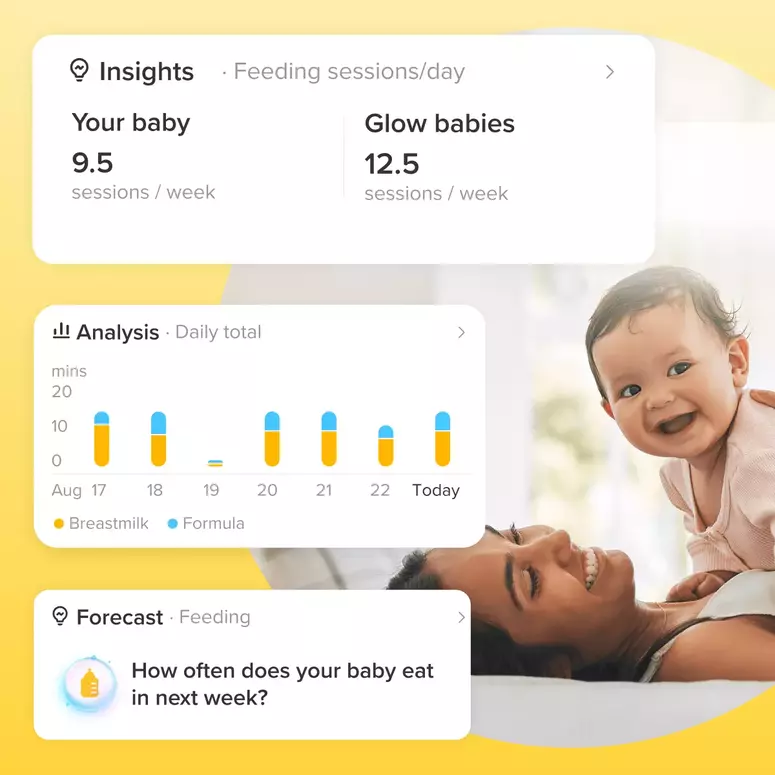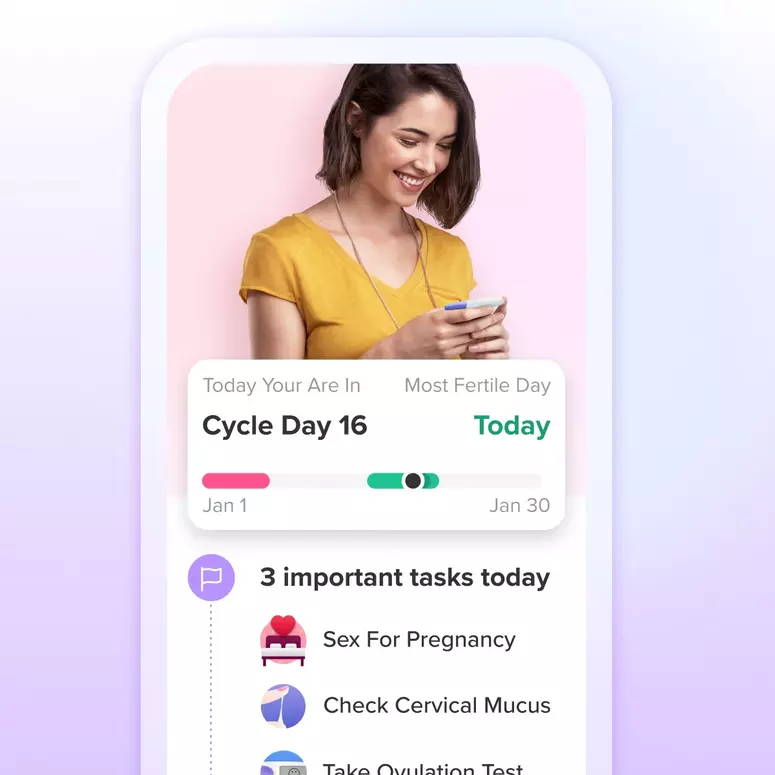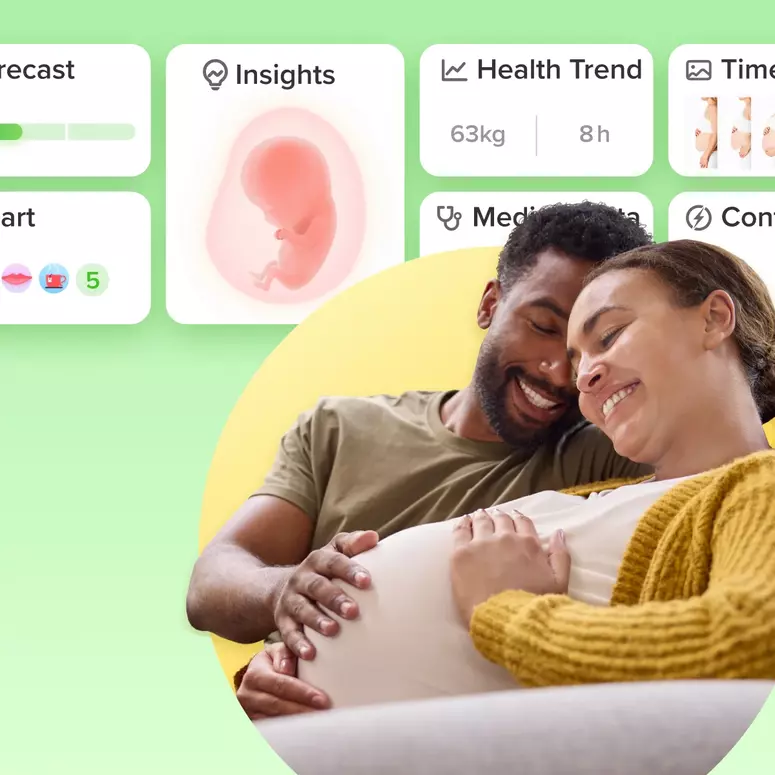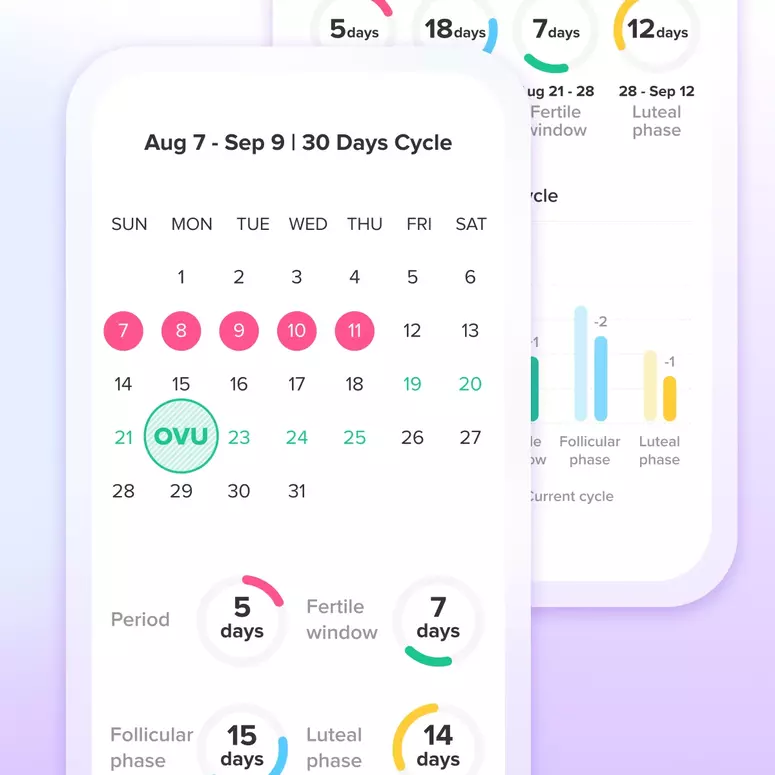Is it possible to ovulate as early as day 10 even though flashing smiley?
I usually ovulate day 13/14 and typically would have cramps etc that day. I'm currently using clear blue ovulation kit and today, day 10 I had a flashing smiley but I have strange cramps. I don't want to bd tonight as 10 days has always been too early for me to conceive I'd prefer to wait til tomororw or Fri when I may have the flashing. Has anyone Been successful in conceiving as early as day 10
Add Comment
Let's Glow!
Achieve your health goals from period to parenting.




